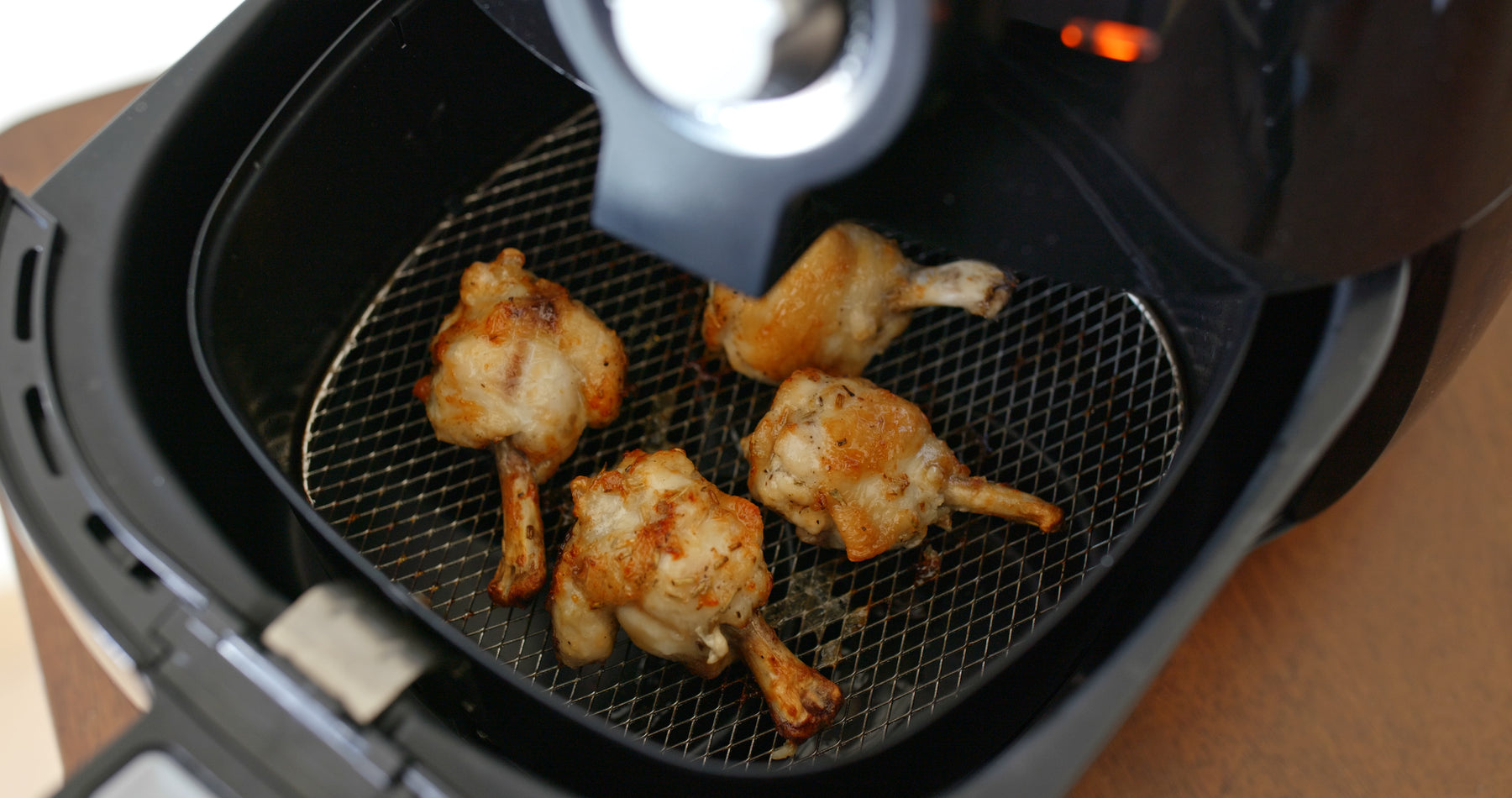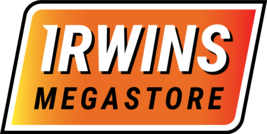
History of The Air Fryer
More cooking appliances have been invented as technology advances. With modern cooking technologies, people are provided with more effective tools that are efficient in heating, odour management, and temperature control. Furthermore, recent cooking tools are more efficient in gas and electricity use, allowing households to cook quality food without worrying about high energy consumption.
Households and businesses operating in this modern era can now use more efficient large appliances such as ovens, cooktops, and grills, and small kitchen equipment that makes it possible to heat food in an easier and faster way. One example of a small kitchen appliance currently taking the world by storm is the air fryer.
Though the air fryer has been made commercially available in 2010, the technology it uses to heat food was already founded in the 1940s – and the idea started with William Maxson.
The Sky Plate
In the late 1930s, years before World War II, William Maxson experimented with frozen food, freezing his leftovers and warming them up a year later. He found that the frozen food still tasted just as good as it had when they were fresh through his experiment. Maxson then started to experiment with other foods, and with his enthusiasm came the birth of The Sky Plate – full course meals that are heated up in the air and provided to the Naval Air Transport Service men and women crossing the Atlantic. He produced partially cooked frozen meals based on the old blue-plate specials offered in the 1920s and 1930s.
The Original Air Fryer
In the early 1940s, Maxson was finding a way to cook food faster using traditional technology. With his quest to find a solution for a faster means of cooking, he came up with an oven that used convection technology. He invented the “Maxson Whirlwind Oven,” a fan-assisted portable oven made of aluminium and steel. The oven uses a 120-volt DC motor, a standard feature on aircraft during the 1940s, and can be powered by kerosene, gas, or electricity.
The fan is installed at the back of the unit to help circulate hot air around the food and prevent the hot air from accumulating in one section of the oven, a common problem with traditional ovens. Because hot air is spread evenly over the food, Maxon’s oven can heat six meals at once in about 15 minutes, half the time of a regular oven.
This is the same idea of how today’s air fryers work: blowing the air through a heating element and onto the food. The circulation of air accelerates the process of heat transfer, bringing the food into contact with warm air faster and forces it away once it loses energy and cools down.
The Sky Plate and Whirlwind Oven
After the war, Maxson’s military contracts declined, so he turned to the civilian sector for his Sky Plates. However, Civilian aviation had also reduced; thus, it took him a while to find new customers. He then began marketing his frozen dinners to grocery stores and supermarkets and made plans to sell his Whirlwind Oven to households.
His inventions were featured in Popular Mechanics and Popular Science, making them known to everyone during this time. And by 1947, Pan Am introduced their sky plates on selected flights and planned to use them in all their flights in 1949; several stores also began selling his frozen meals.
Unfortunately, William Maxson passed away following surgery in July of 1947. As his heirs had little interest in pursuing his business, they sold off his inventions, disbanding his company.
The Rise of Convection Ovens and The Re-Birth of the Air Fryer
Though none of his three children continued his frozen food ambitions, Maxson’s ideas continued. The concepts behind his Sky Plate and Whirlwind oven were improved and brought to the commercial market in the late 1960s.
In 1967, the Nordskog Company re-engineered the motor on Maxson’s Whirlwind oven to prevent it from burning out at higher temperatures. Within the same year, the Malleable Iron Range Company innovated the first full-sized convection oven for homes. Though sales were a bit sluggish at the time, these convection ovens gradually increased in popularity in the 1990s and early 2000s. But it was not until 2010 that Maxson’s original concept of a small, personal convection oven made a comeback.
In 2010, Philips introduced the Airfryer brand of convection oven at the Internationale Funkausstellung (IFA), a consumer electronics fair in Berlin. The Airfryer was developed using the patented Rapid Air technology.
In the early days of Air Fryers, the kitchen device resembles the shape of pods or eggs. Moreover, in recent years, air fryers have begun to look more like toaster ovens and pressure cookers as air fryer functions were combined with those of the mentioned appliances.
Currently, air fryers remain just as helpful and relevant as when the first fryers hit the store shelves in 2010. It comes as the device only uses air to fry various food, producing fewer smells and vapours than traditional frying.
Sources:
